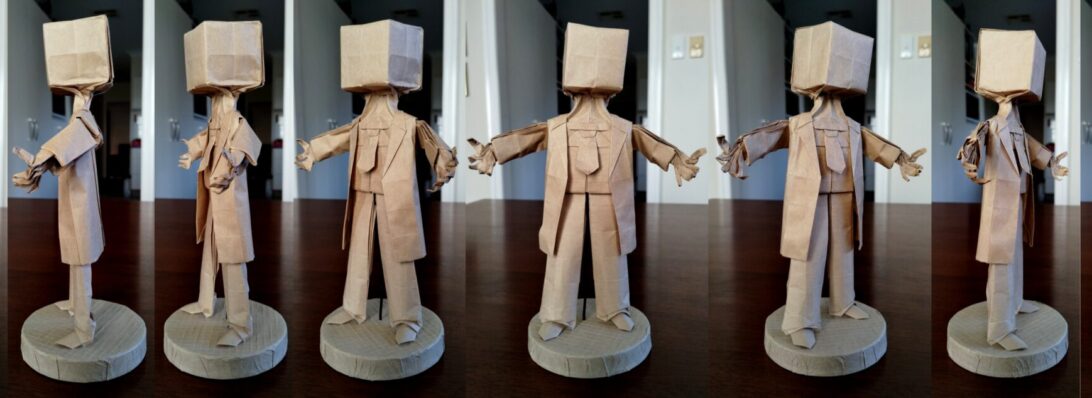Now one of the things I enjoy playing, with my mate, is an old-school game called “Dogfight” – great fun of plane v plane between German and American allied forces, set in WWI, when fair game and honour existed between aces. One of the game elements is a cannon:
A fairly clever figurative model that uses the windmill base as it’s starter and ends up fairly complete
I quite like the wheels, although they are formed at step 15 with the most hilarious instruction “Fold as shown, you might find this easier if you had folded these at step 2” – hahahaha, not. The designer is right, it would have been easier, but a headsup might have been prudent…?
Nice figruative model – I could see some little ones of these on a game board, but they would get hella-fiddly in places (might do a test on the limit of smallnicity I can fold them) … Dang, now I need a biplane (think Red Baron) …

























